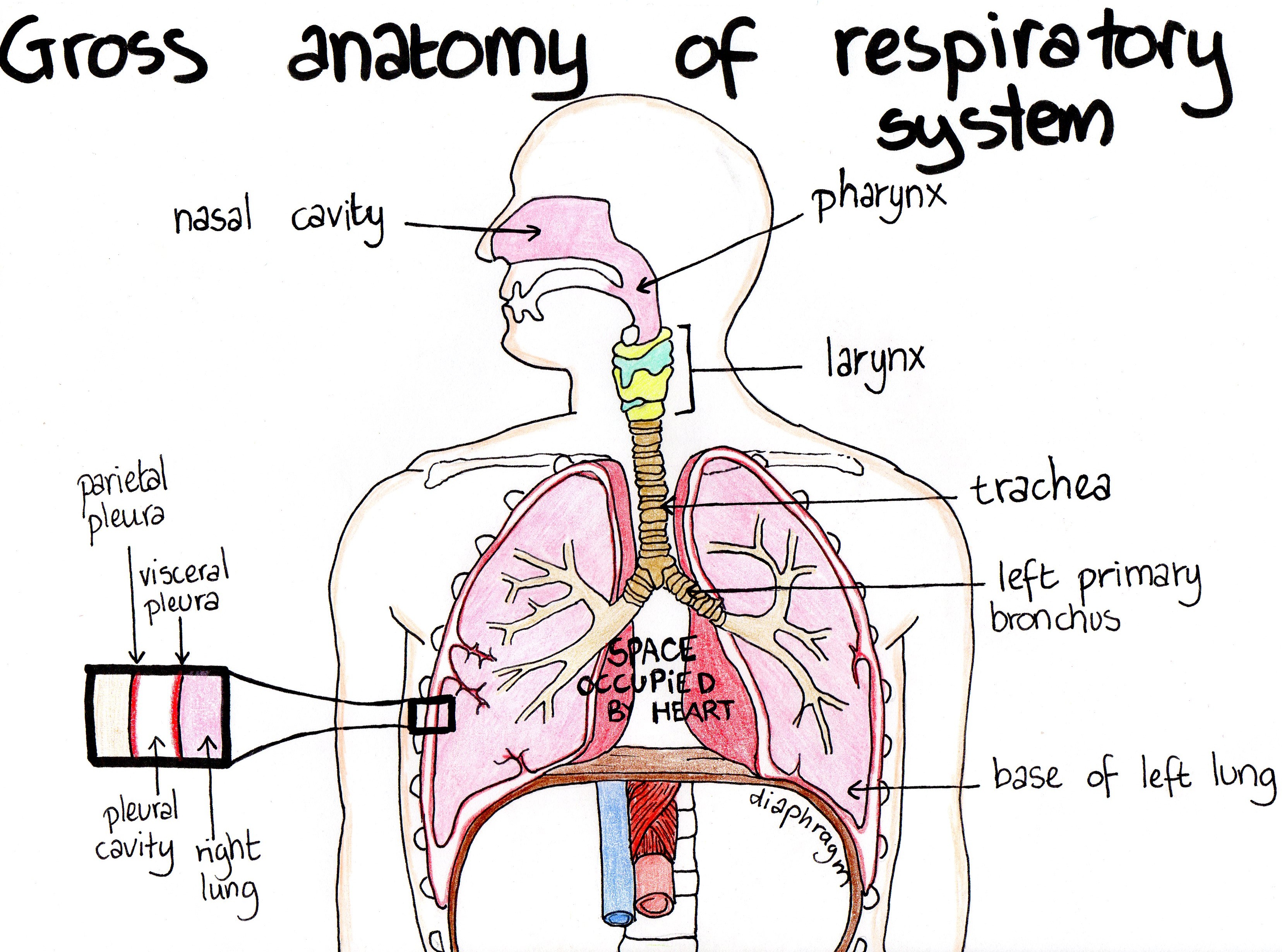
Respiratory System Medical Biology illustrated notes
Label the Lungs by Kelsfied 1,852 plays 14 questions ~40 sec English 14p More 3 too few (you: not rated) Tries Unlimited [?] Last Played February 22, 2022 - 12:00 am There is a printable worksheet available for download here so you can take the quiz with pen and paper. Remaining 0 Correct 0 Wrong 0 Press play! 0% 0:00.0 Other Games of Interest
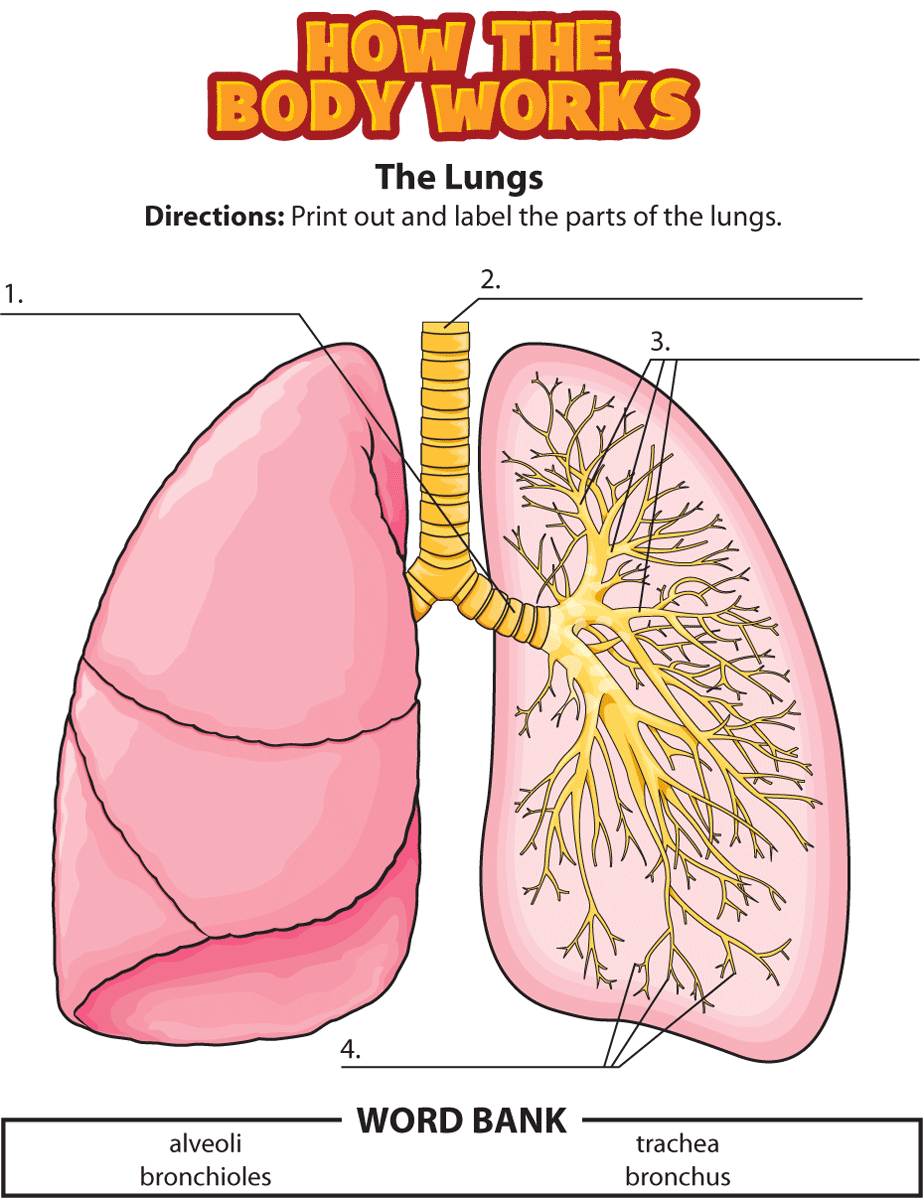
Respiratory System Coloring Page Coloring Home Printable Worksheets On The Lungs Printable
Labeled Diagram of the Human Lungs Lungs are an excellent example of how several tissues can be compactly arranged, yet providing a large surface area for gaseous exchange. The current article provides a labeled diagram of the human lungs as well as a description of the parts and their functions.

Lung Diagrams Diagram Link
The costal surface of the lung borders the ribs. The mediastinal surface faces the midline. Figure 22.2.1 Gross Anatomy of the Lungs. Each lung is composed of smaller units called lobes. Fissures separate these lobes from each other. The right lung consists of three lobes: the superior, middle, and inferior lobes.
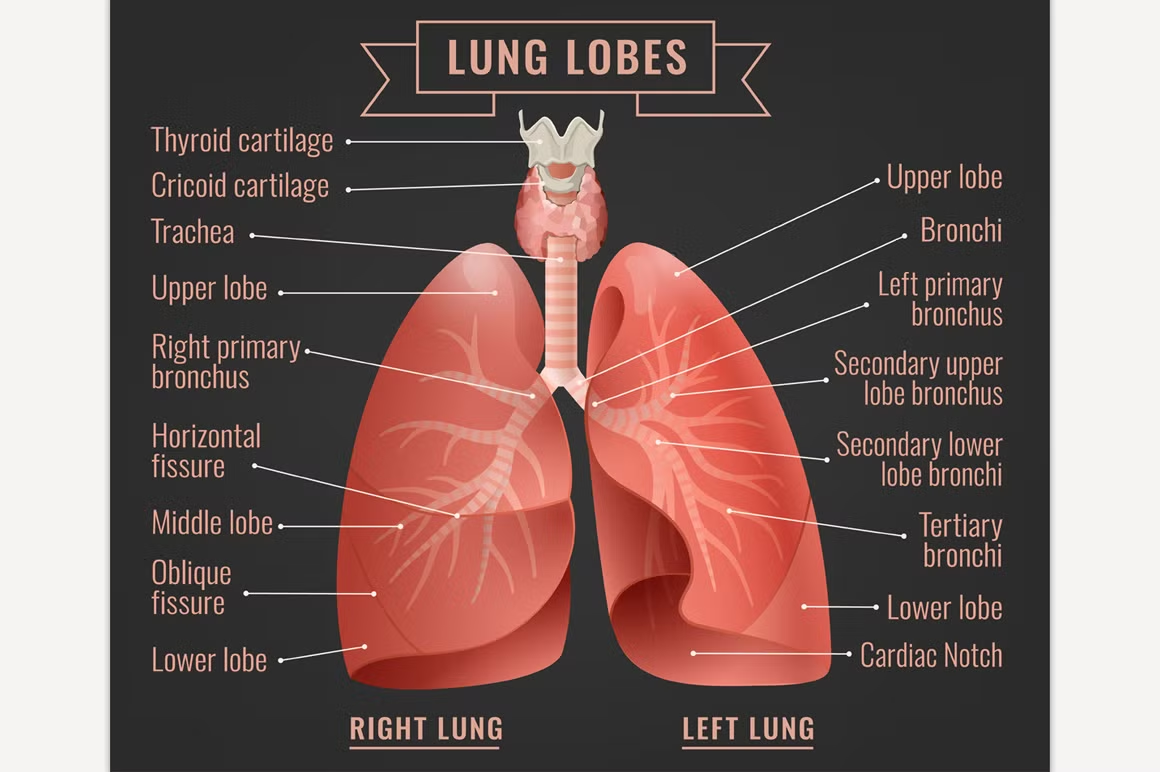
Human lungs infographic Education Illustrations Creative Market
Label the lungs' lobes, the cardiac notch, and the trachea, larynx, and diaphragm. Instructions For the Student: Read the definitions below, then label the lung anatomy diagram. Extra Information Word Bank bronchial tree: the system of airways within the lungs, which bring air from the trachea to the lung's tiny air sacs (alveoli).

The Heart and Circulation Revision Cards in GCSE Biology
The respiratory tract conveys air from the mouth and nose to the lungs, where oxygen and carbon dioxide are exchanged between the alveoli and the capillaries. Sagittal view of the human nasal cavity. The human gas-exchanging organ, the lung, is located in the thorax, where its delicate tissues are protected by the bony and muscular thoracic cage.

Lung Anatomy & Function Lung Nodule, Lung Disease and Lung Infection
Lungs: Together the lungs form one of the body's largest organs. They're responsible for providing oxygen to capillaries and exhaling carbon dioxide. Bronchi: The bronchi branch from the.
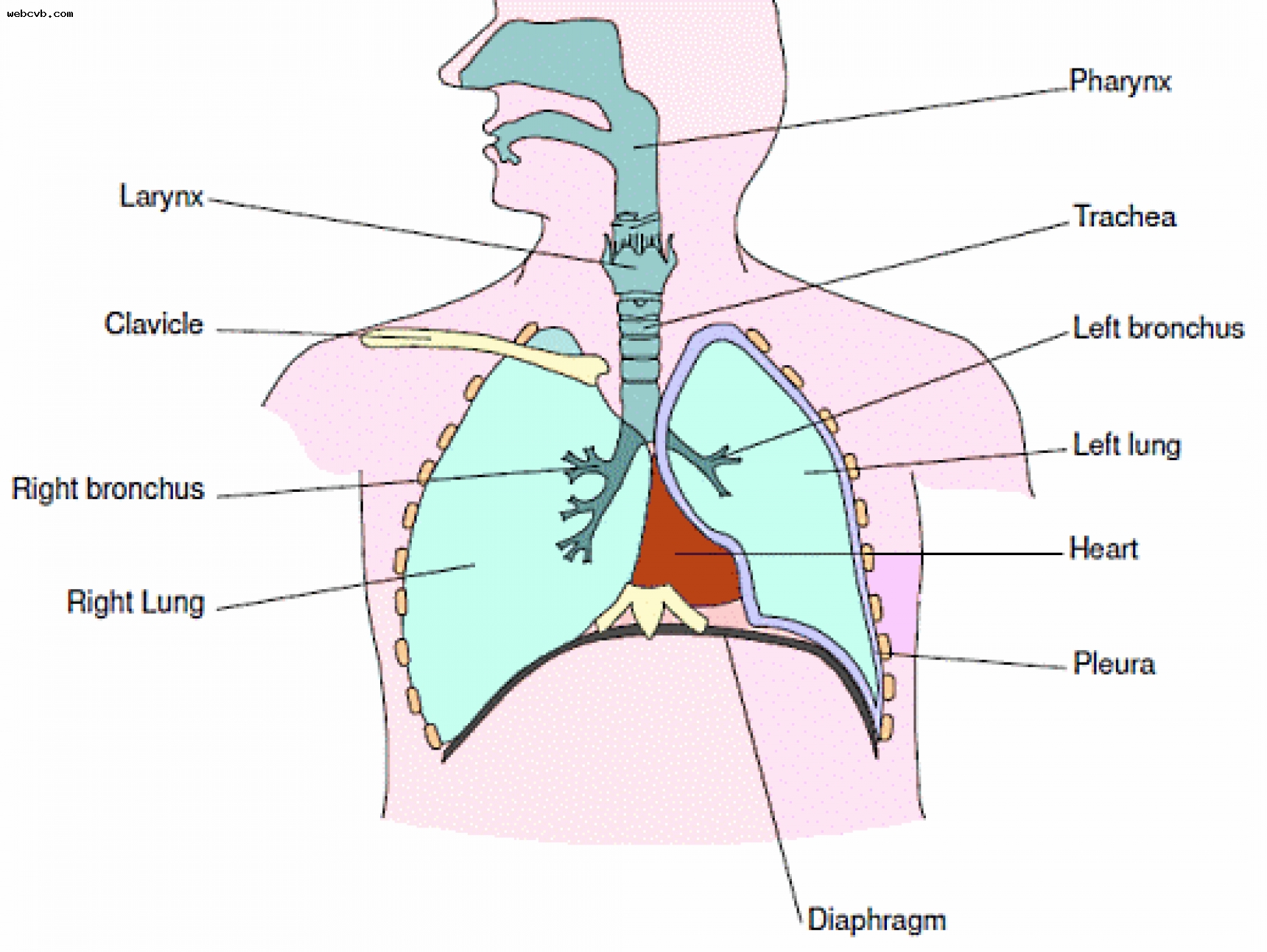
Lungs clipart respiratory system, Lungs respiratory system Transparent FREE for download on
Functionally, the lung is divided into a series of bronchopulmonary segments. The bronchopulmonary segments are the largest subdivision of a lobe. They are separated from adjacent segments by connective tissue septa and are also surgically resectable. They are 10 bronchopulmonary segments in the left lung and 8-10 in the left lung [9].
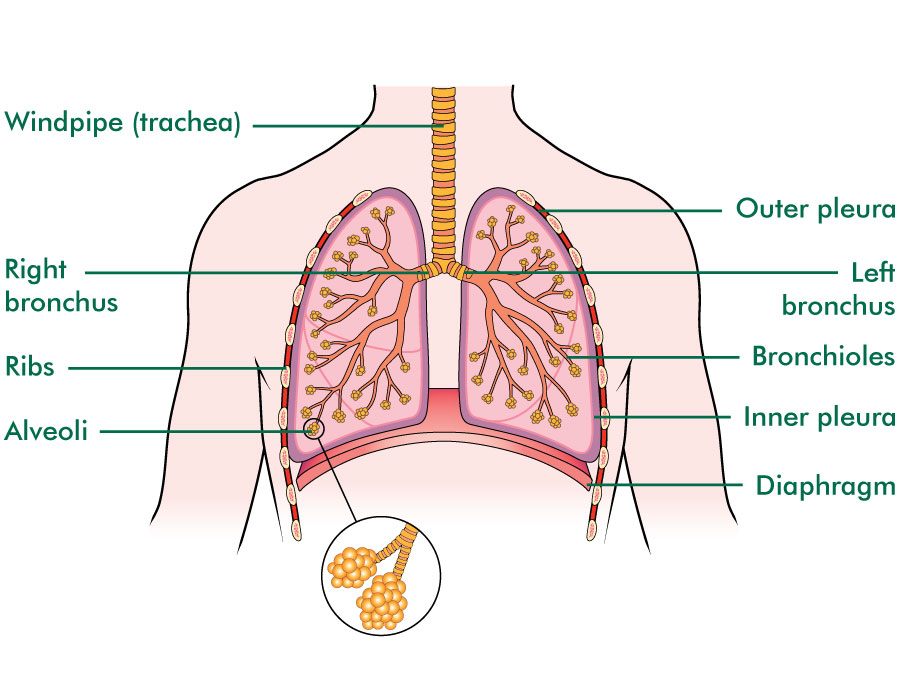
The lungs Lung cancer Macmillan Cancer Support
Blood supply. The lungs have dual, parallel blood supply referred to as pulmonary and systemic circuits. The pulmonary circuit arises from the heart and brings deoxygenated blood to the lung for gas exchange. This circuit also takes oxygenated blood back to the heart to be redistributed to the rest of the body.

Pin on A&P.4.Heart.Lung
Can you label the lungs? by birdb08 2,991 plays 9 questions ~30 sec English 9p 4 too few (you: not rated) Tries 9 [?] Last Played February 22, 2022 - 12:00 am There is a printable worksheet available for download here so you can take the quiz with pen and paper. From the quiz author Labeling the lungs. Remaining 0 Correct 0 Wrong 0 Press play! 0%
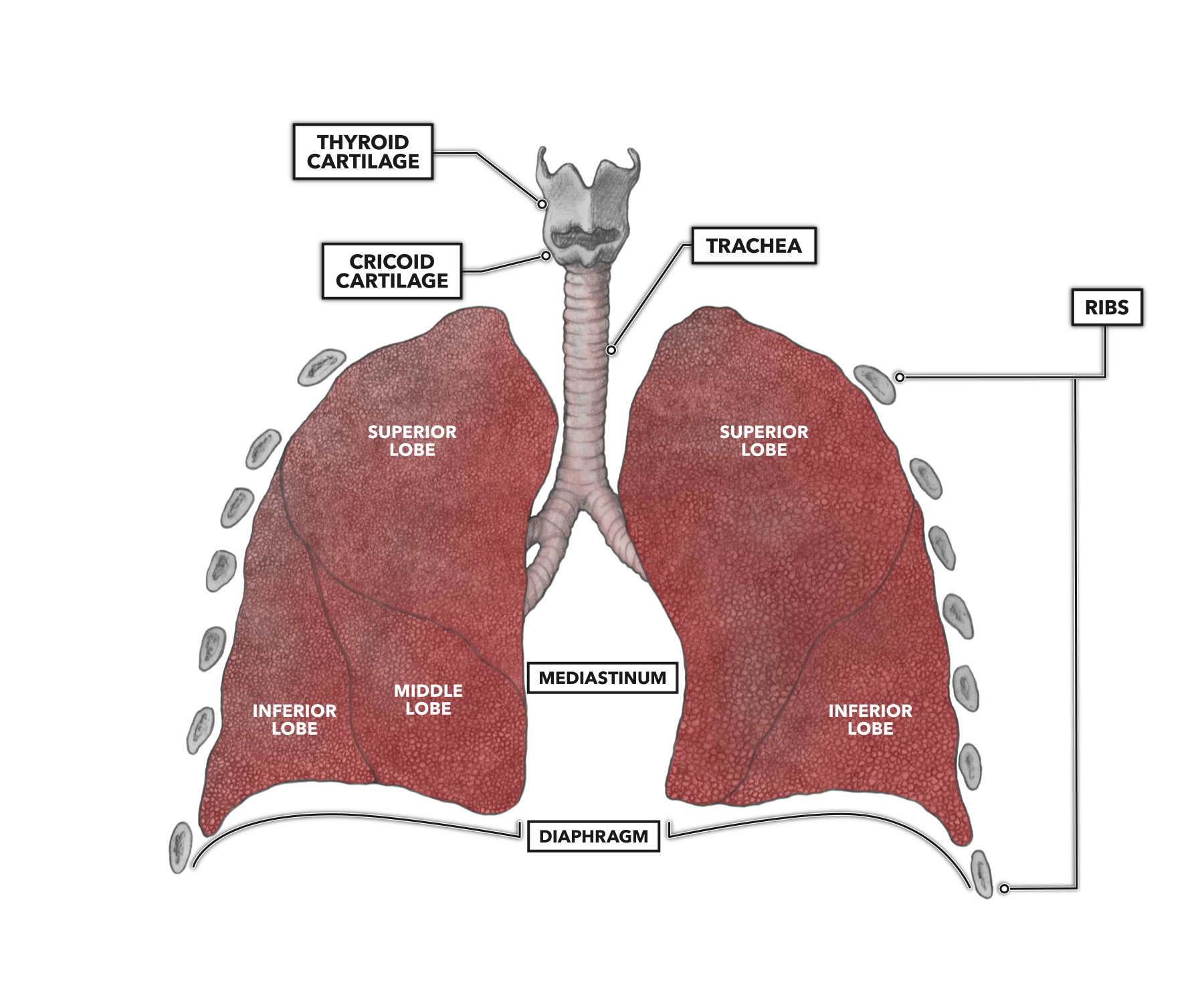
CrossFit Anatomy of the Lungs
Respiratory System Diseases. Common diseases of the respiratory system include: Asthma. Your airways narrow and make too much mucus. Bronchiectasis. Inflammation and infection make your bronchial.
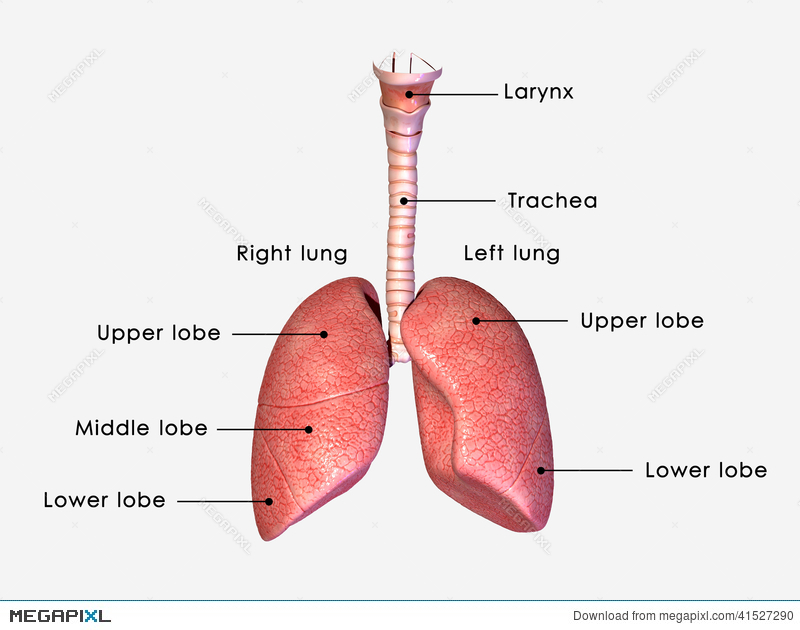
Lungs clipart labeled, Lungs labeled Transparent FREE for download on WebStockReview 2023
The lungs are pyramid-shaped, paired organs that are connected to the trachea by the right and left bronchi; on the inferior surface, the lungs are bordered by the diaphragm. The diaphragm is the flat, dome-shaped muscle located at the base of the lungs and thoracic cavity.
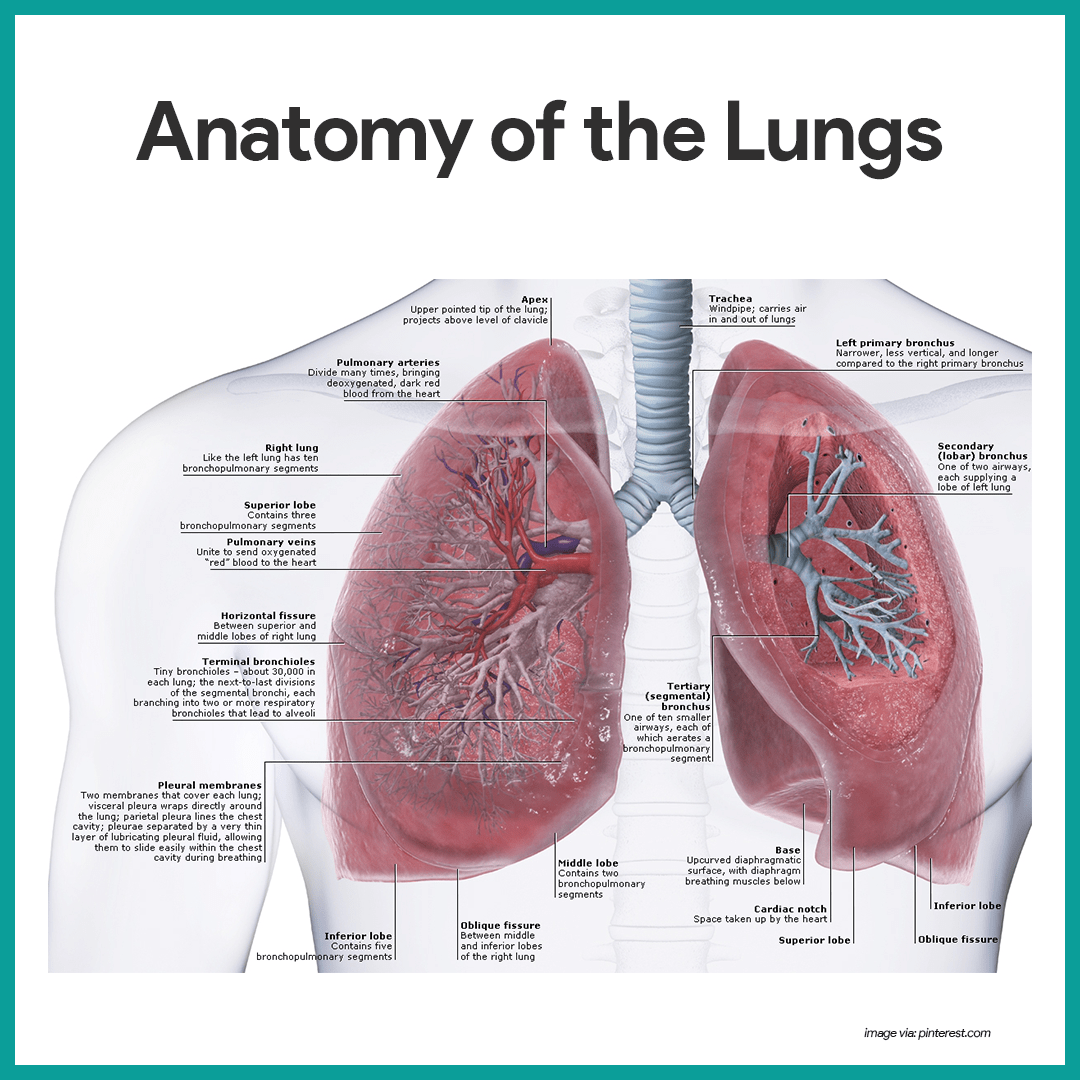
Respiratory System Anatomy and Physiology Nurseslabs
What is the Respiratory System? As defined above, the human respiratory system consists of a group of organs and tissues that help us to breathe. Aside from the lungs, there are also muscles and a vast network of blood vessels that facilitate the process of respiration. Also Read: Mechanism of Breathing Human Respiratory System Diagram
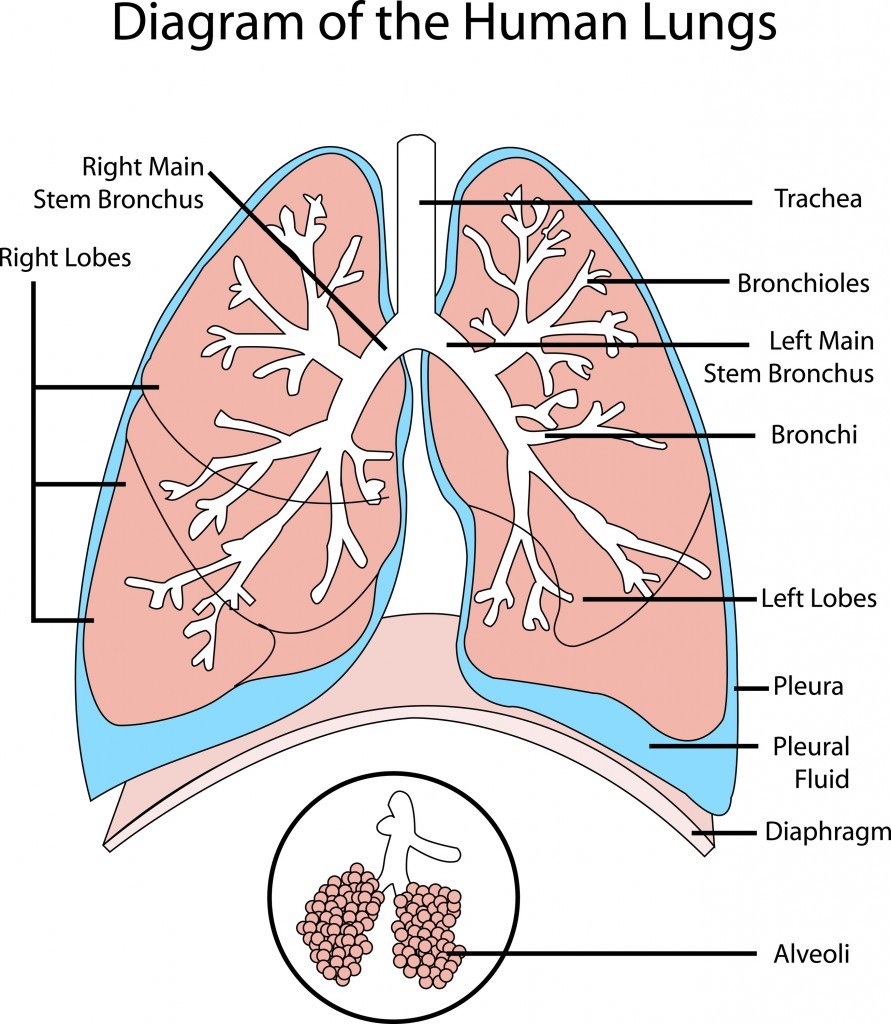
Lungs clipart labeled, Lungs labeled Transparent FREE for download on WebStockReview 2023
The lungs are the organs of respiration. They are located in the thorax, either side of the mediastinum. The function of the lungs is to oxygenate blood. They achieve this by bringing inspired air into close contact with oxygen-poor blood in the pulmonary capillaries.

Lung Structure BioNinja
The respiratory system, also called the pulmonary system, consists of several organs that function as a whole to oxygenate the body through the process of respiration (breathing). This process involves inhaling air and conducting it to the lungs where gas exchange occurs, in which oxygen is extracted from the air, and carbon dioxide expelled.

Respiratory System Anatomy
Inside your lungs, the bronchial tubes branch into thousands of thinner tubes called bronchioles. The bronchioles end in clusters of tiny air sacs called alveoli. Air fills your lung's air sacs Your lungs have about 150 million alveoli. Normally, your alveoli are elastic, meaning that their size and shape can change easily.

The lungs, trachea and bronchi, mediastinum and detail of chest wall and pleurae. Created in
What are the Lungs? The lungs are respiratory organs - we use them to breathe. We breathe in order to get oxygen (O 2) and to get rid of carbon dioxide (CO 2 ). We breathe in through the nose or mouth. The air then goes through the larynx and the trachea (also called the windpipe) and into the lungs.